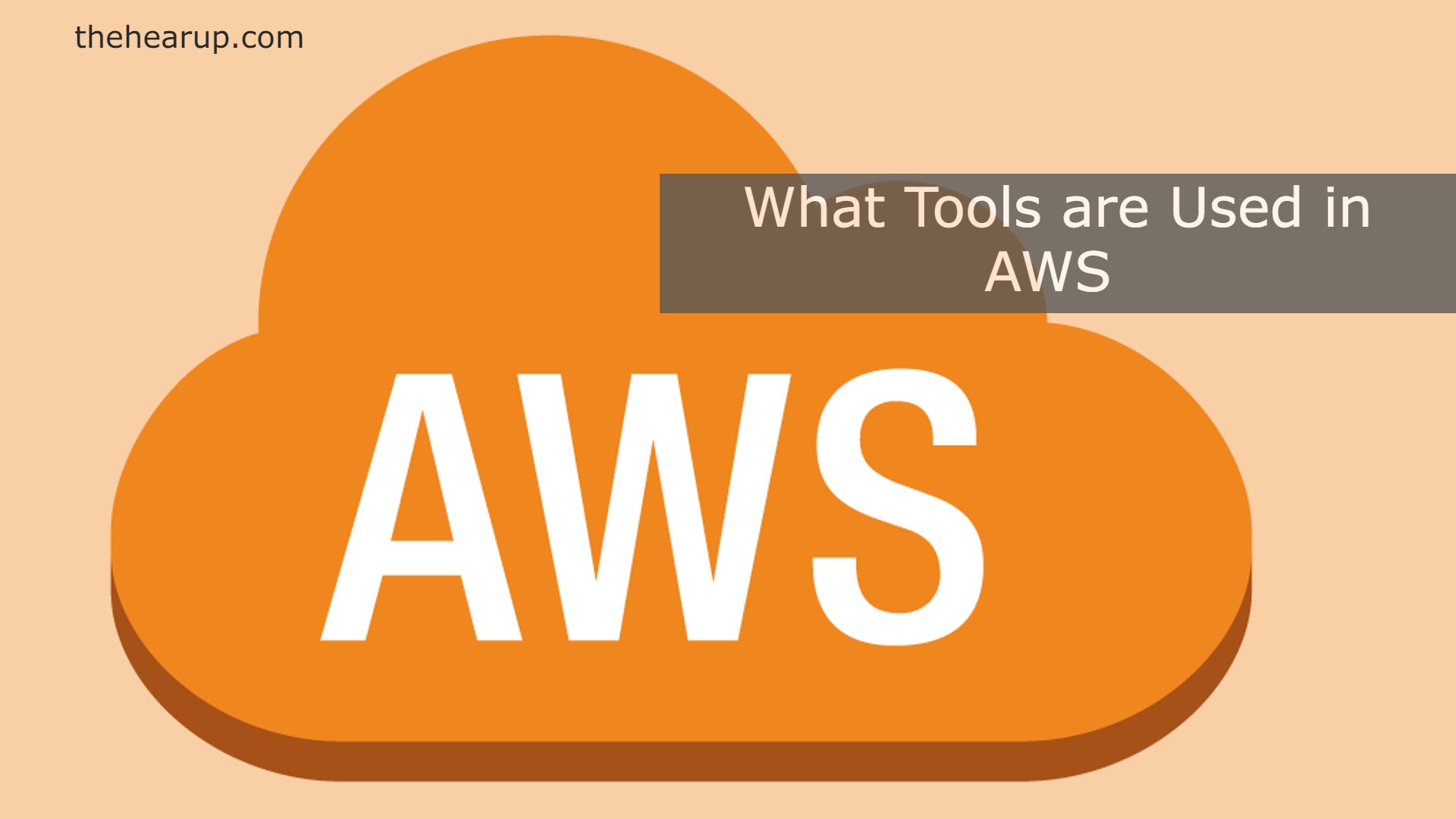Latest News
What Tools are Used in AWS

With more businesses going digital and resorting to cloud platforms, AWS has created a niche among cloud services like Azure and Google cloud and emerged as a market leader. One thing that makes AWS desirable to large businesses and developers is the availability of many tools exclusively for people wanting to collaborate with Amazon.
AWS has given people access to cloud management tools and tools developed by third-party vendors becoming truly an open-source solution. However, with so many available tools, choosing the right ones to match your business needs adequately becomes challenging. We bring you this article to give a brief idea of AWS tools and their applications.
You can gain deeper insights into AWS and the tools used by taking up AWS certification and get your technical knowledge validated for a lucrative career ahead.
Tools Used in AWS
Given below are the tools used in AWS:
AWS CloudFormation
It helps ease out provisioning and management on AWS. You can develop templates for services and application frameworks you want and let AWS CloudFormation utilize these templates for fast and reliable provisioning of applications or services, also known as ‘stacks.’ Furthermore, you can conveniently update the stacks or replicate them as per the requirement. You can easily get started with AWS CloudFormation and build your own templates by collecting sample templates.
AWS Service Catalog
AWS service catalog helps in central management of deployed IT services and applications, metadata, and resources. It allows firms to develop and manage IT service catalogs that are approved for usage on AWS. These IT services may include everything from virtual machine images, servers, software, and databases to complete multi-tier application architectures. This aids you in attaining persistent governance and meeting the compliance requirements while letting the users deploy only the IT services they need. With the help of AWS Service Catalog AppRegistry, firms can easily comprehend the applications of their AWS resources. Furthermore, you may define and manage your applications and metadata to keep track of cost, performance, security, compliance, and operational status at the application level.
Amazon CloudWatch
Amazon CloudWatch is an AWS tool developed to monitor and observe services meant for DevOps engineers, developers, site reliability engineers (SREs), and IT managers. With the help of Amazon CloudWatch, you get to gain access to data and valuable insights useful for monitoring applications, taking actions against fluctuations in system performance, optimize resource usage, and get a comprehensive view of operations. CloudWatch primarily collects monitoring and operational data like logs, metrics, and events, giving an overview of AWS resources, applications, and services running on the AWS platform. Furthermore, CloudWatch can be used to identify unusual behavior in the environment, set alerts, keep a check on metrics, and find information for the smooth running of your applications
AWS Systems Manager
This AWS tool helps in viewing and controlling the infrastructure on the AWS platform. By utilizing the system management suite, you can retrieve operational data from various AWS services and get all your operational tasks automated across AWS resources. AWS systems Manager aids in maintaining security as it scans your ‘managed instances’ and reports policy violations detected by it.
AWS CloudTrail
AWS CloudTrail allows governance, compliance, operational auditing, and risk auditing of your AWS account. Furthermore, CloudTrail will enable you to log, constantly monitor and continue the actions across AWS infrastructure. With AWS CloudTrail, you can track event history related to your AWS accounts activities like actions taken via the AWS Management Console, AWS SDKs, command-line tools, and other AWS services. The event history aids in simplifying security analysis, resource change tracking, and troubleshooting. Additionally, CloudTrail can be used to determine suspicious activity on your AWS account. These features of AWS CloudTrail help in simplifying operational analysis and troubleshooting.
AWS Config
This AWS tool helps you in evaluating and audit configurations of your AWS resources. AWS Config allows constant monitoring and recording of your AWS resource configurations and helps in automating the assessment of recorded configurations against desired configurations. AWS Config lets you monitor transformations in configurations and relationships between AWS resources, know in detail about resource configuration histories and ascertain overall compliance against the configurations specified in your internal guidelines. It helps in simplifying compliance auditing, security analysis, transform management, and operational troubleshooting.
AWS OpsWorks
AWS OpsWork is a configuration management tool helping manage Chef and Puppet instances, the automation platforms used for coding and automating your servers’ configurations. With the help of AWS OpsWorks, you can use Chef and Puppet for automating configuration, deployment, and management of servers across your Amazon EC2 instances or on-premises computer environments. OpsWork is offered in the form of AWS Opsworks for Chef Automate, AWS OpsWorks for Puppet Enterprise, and AWS OpsWorks Stacks.
AWS Trusted Advisor
AWS Trusted Advisor offers recommendations that can help you to follow the best AWS practices. The Trusted Advisor assesses your account using ‘checks.’ These checks help determine methods to optimize your AWS infrastructure, enhance security and performance, cut down expenditures, and monitor service quotas.
We anticipate that this article would have helped understand AWS tools used widely by technical professionals. So what are you waiting for? Just get AWS certified and outgrow your competitors!
Kenneth is a proud native of sydney, born and raised there. However, he pursued his education abroad and studied in Australia. Kenneth has worked as a journalist for almost a decade, making valuable contributions to prominent publications such as Yahoo News and The Verge. Currently, he serves as a journalist for The Hear Up, where he focuses on covering climate and science news. You can reach Kenneth at [email protected].










